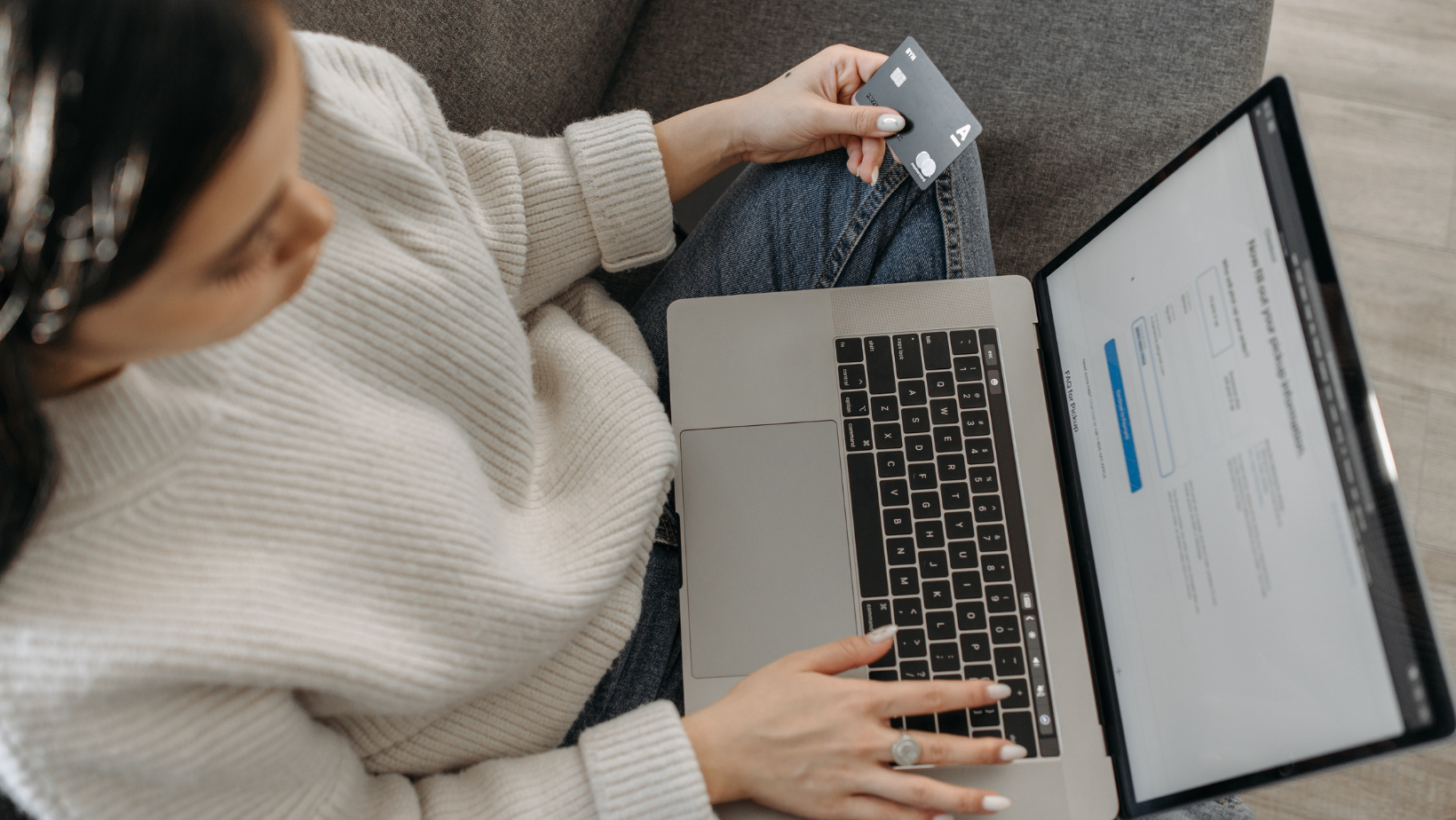When you think about the selfie, your first thought likely is not about how useful it can be in the fight against fraud. In fact, that likely didn’t even come to mind at all. As a pillar of modern-day society, the selfie is most known in its casual form, the one we send to our friends and family or blast over social media. Perhaps while ruminating over the selfie certain classics come to mind such as the notorious bathroom selfie, or perhaps not-so-classics, like that of the duck face.
The selfie has evolved over the years as it has been used by multiple generations. Tik Tok has brought upon us a wave of moving selfie poses that are shared via video as opposed to stagnant photos. There are articles upon articles dedicated to the evolution of the selfie, to common poses by Gen Z, and so forth. We even dedicated a separate post to the selfie here.
And yet, the selfie may hold more power and potential than one might think.
The selfie is a great tool in verifying identity in remote transactions.
In contrast to the more casual everyday usage, a selfie is a crucial step in remote identity verification. According to a study done by LexisNexis, mobile and online transactions have been growing, and likely will continue to do so. Our world has gone cyber and it looks like there is no turning back. Even for businesses whose majority of transactions occur in-person, online order and curb pickup options are needed to keep competitive in today’s economy. The demand for remote transactions has been steadily increasing for years, and the pandemic only increased the demand.
Today’s consumer demands product selection options that are more convenient, quicker, and hassle-free all from the comfort of their home. Yet, with these remote transactions comes an increased risk to fraud. The fraudster can easily make a remote transaction using stolen credit card information, a fake identity, or even by creating a Synthetic Identity. With so many tools at the disposal of the fraudster, it becomes increasingly more important for businesses to make sure they know the real identity of their customers. Luckily, the selfie is here to help!
Why PALIDIN WebID requires a SELFIE when you are authenticating a client
PALIDIN WebID is a cloud-based remote authentication solution that helps you verify your customer’s identity no matter the distance between you and your client. The selfie facial-match component of WebID is the piece needed to close the loop in fraud for remote transactions.
A picture of an official identity document, while helpful, cannot guarantee the identity of the person making the purchase, nor validate they are really who they claim to be. While a forensic level photo scan of an ID can verify the document is genuine, it still leaves you without assurance whether the ID is being used by the proper person. This leaves a potential gap in security in which the fraudster can capitalize on.
Adding in the layer of a selfie taken in real time, concurrent with identity document authentication, creates the “one-two” punch that mitigates fraudulent transaction risk.
PALIDIN WebID also critically tests for “facial liveness” to make sure the photo is being taken by a living and breathing person in that moment. PALIDIN then compares the photo to the presented ID to make sure everything matches up.
Finally, the industry has found that fraudsters, in the midst of committing fraud, are not going to be willing to take a selfie. By adding in a step of capturing a selfie, most fraudulent transaction attempts are aborted..
How Does PALIDIN WebID Work?
The PALIDIN WebID system is initiated by sending a prompt to your client’s phone. They will then be asked to take a photo of the front and back of their ID as well as a selfie of themselves. The PALIDIN WebID authentication engine then compares the scanned info against a global identity document database to authenticate the ID and also run a facial match between the ID and the selfie.
After the customer’s identity has been successfully verified, you will have the option to enroll reoccurring customers in the PALIDIN Everknown program which will allow for faster checkouts in future transactions by saving them as a trusted customer. Everknown will run behavioral analytics in the background to ensure that trusted customers are still authenticated, but without the transactional hassle to your consumer.
Reach out to an authentication specialist to learn more!


